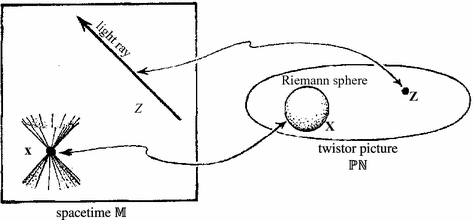Jim Baggott’s The Quantum Story: A History in 40 Moments is now out here and I’ve been starting to see it in bookstores. I read most of it a year or two ago when he sent me a draft of the manuscript asking if I’d take a look at it, and very much enjoyed getting the chance to see it then. If you’re looking for an excellent popular level physics book to read, I highly recommend that you consider this one, which should be accessible to just about anyone, no matter what their background.
The topic of the book is the story of quantum physics in general, told historically with a structure of 40 vignettes. The first three chapters cover mainly events of the dramatic period of the mid-1920s to early-1930s during which physicists uncovered the basic structures of quantum theory and struggled to make some sense of them. The next two take on the late-40s to mid-70s during which a long succession of discoveries about elementary particle physics drove theoretical progress on quantum field theory and gauge theory, culminating in the Standard Model falling into place in 1973. The material Baggott works with here has been the topic of many other books, but he does a wonderful job of putting it together in a fast-paced but very clear and entertaining narrative. Along the way, the individual stories he tells often contain fascinating details I’d never heard before, even though I thought this was a subject I knew all too well.
The next to last chapter starts with the 1950s and David Bohm, picking up the thread of later debates and discoveries related to the general problem of the interpretation of quantum mechanics. It brings this story up to date, explaining some of the current questions that are still being debated. The final chapter gives an appropriately short discussion of speculative ideas in quantum gravity and string theory that have dominated theoretical research for the past few decades, making clear that they’re a long ways yet from the solid science that’s the main topic of the book.
The LHC and the search for the Higgs make up a final epilogue or 41st vignette, accurately describing the high expectations and drama that surrounds the final period of the long wait for new data that is finally coming to an end this year. The story of quantum theory is not a finished one, and we all hope that very soon we’ll get some clues as to where it will go next.


